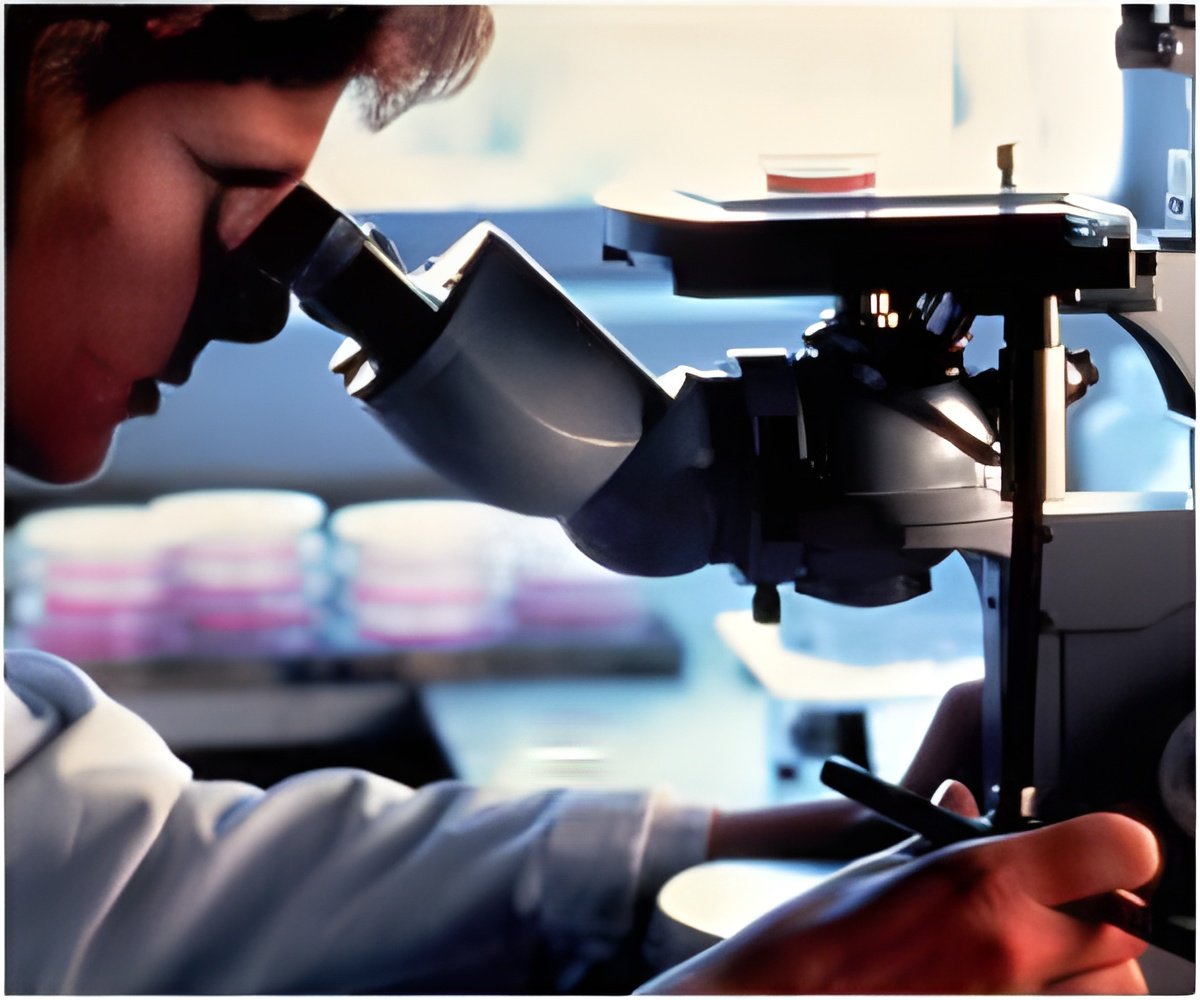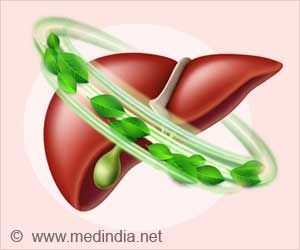
‘An enzyme produced by a common intestinal microbe can protect the guts of worms and mammals alike from attack by harmful bacteria, suggested a new study.’
Tweet it Now
Probiotics consisting of beneficial microorganisms, meanwhile, have the potential to deliver the benefits of antibiotics minus the pitfalls. Yet up until now, evidence of their efficacy has been largely anecdotal, their mechanisms of action poorly understood.Thanks to a pair of papers recently published in Science and Science Immunology by researchers at The Rockefeller University, however, that is beginning to change. Together, their findings could lead to the development of probiotics for use against such dangerous pathogens as Clostridium difficile, a leading cause of hospital-acquired infections.
The researchers set out to investigate the probiotic potential of the microbe Enterococcus faecium in the roundworm Caenorhabditis elegans. Although E. faecium has long been used as a probiotic in livestock, its mode of action has never been clear. And it is far from being an ideal probiotic for use in humans: According to Kavita Rangan, first author of the Science paper and a member of Howard Hang's Laboratory of Chemical Biology and Microbial Pathogenesis, E. faecium readily acquires antibiotic resistance in hospital settings and can lead to dangerous infections in people with compromised immune systems.
Yet in a series of experiments, Rangan and her colleagues demonstrated that when fed E. faecium, C. elegans was better able to resist the harmful effects of infection by Salmonella typhimurium, an intestinal pathogen that in mammals invades the thin layer of epithelial cells lining the gut. "Salmonella was still able to colonize the intestine," says Rangan, "but it didn't cause the same tissue damage to the worms, and it didn't kill them."
What's more, they discovered that a particular enzyme called SagA, which is secreted in abundance by E. faecium, was sufficient to protect both worms and mice from Salmonella. And they showed that SagA worked its magic in mice even when produced by a different microbe called Lactobacillus plantarum - an entirely innocuous bug that is commonly used as a probiotic for human intestinal diseases, and which naturally inhabits environments ranging from sauerkraut to the human gut.
Advertisement
Those experiments proved that E. faecium did not protect the mice by attacking S. typhimurium directly or by changing the balance of other microbes in the gut. "It doesn't kill the bacteria, and it doesn't deplete the microbiota, either," Pedicord says. "It just prevents them from causing disease." And it accomplishes this, she explains, by stimulating the production of specialized proteins that prevent pathogens from coming into contact with the epithelial layer in the first place - proteins that are generated by the epithelial cells themselves.
Advertisement
But perhaps most strikingly, Pedicord and her colleagues showed that, when delivered by L. plantarum, SagA also protected the mice against C. difficile, a pathogen that causes debilitating and sometimes fatal gastroenteritis in human beings.
C. difficile sickens nearly 500,000 people in the United States each year and kills more than 29,000. Long-term antibiotic therapy for other conditions actually heightens the risk of infection, and treatment of C. difficile with antibiotics often leads to relapse.
As a result, the prospect of a benign probiotic that could defend against C. difficile while avoiding the problems associated with antibiotic treatment is welcome news.
"This is something that might really help people," says Pedicord, who is already conducting experiments in mice to see if SagA has an effect on C. difficile recurrence.
Source-Newswise












